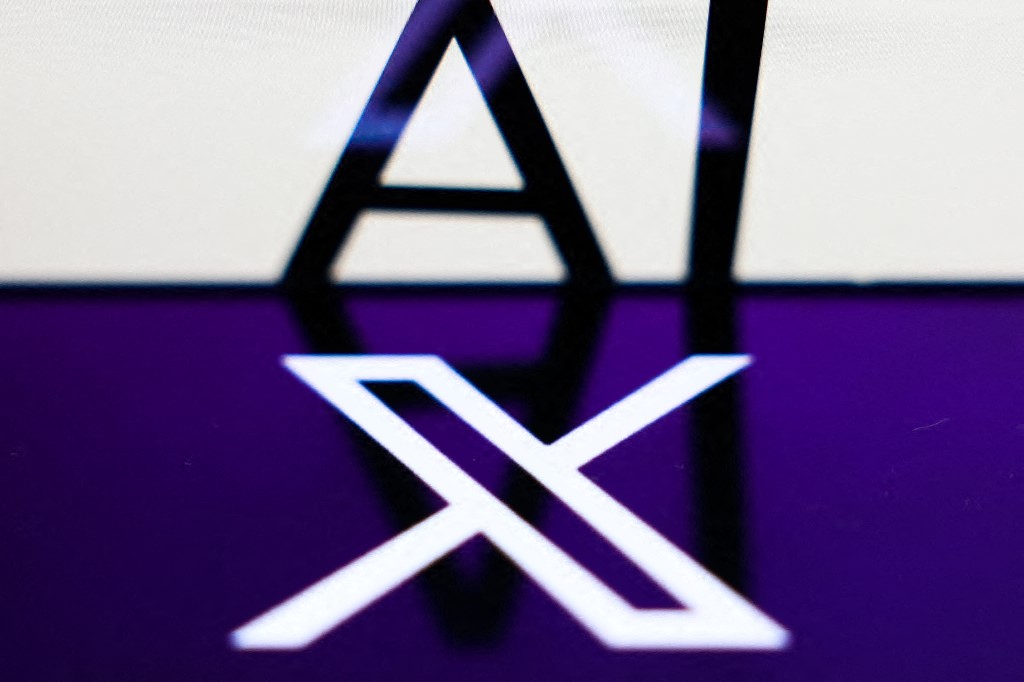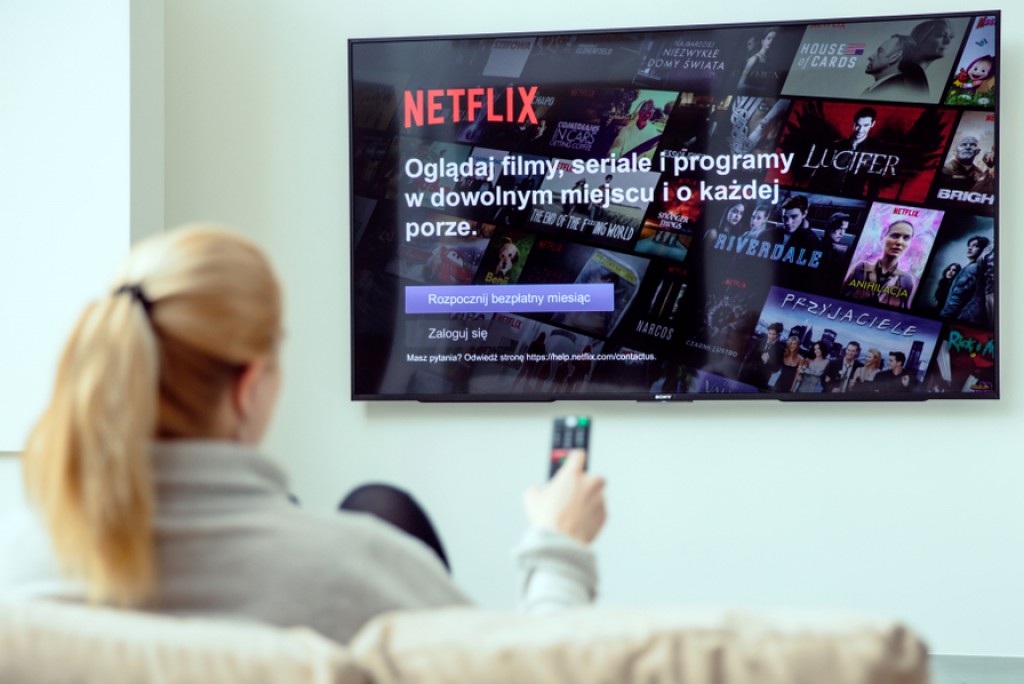You may not notice it but the first place you usually go to, either to talk about your favorite brand or complain about some delay in their service is Twitter. Twitter is the place where people go to talk to brands at all hours of the day for customer care needs. This is why two out of three Twitter users choose the platform over other social networks to connect with brands.
Customer experience can make or break a brand. If a customer has one bad experience, a single tweet is all it takes to ruin the brand's reputation. So, brands who plan for it have a power to create positive experiences for the brand on Twitter. Right now, there’s no shortage of advice on how brands can foster positive interactions—but little data on what actually works. Which is why Twitter and CX platform, Sprinklr teamed up to create a report, that examined a full year of Twitter care conversations across more than 1,000 brands in 30 different countries, to understand what works and what doesn't.
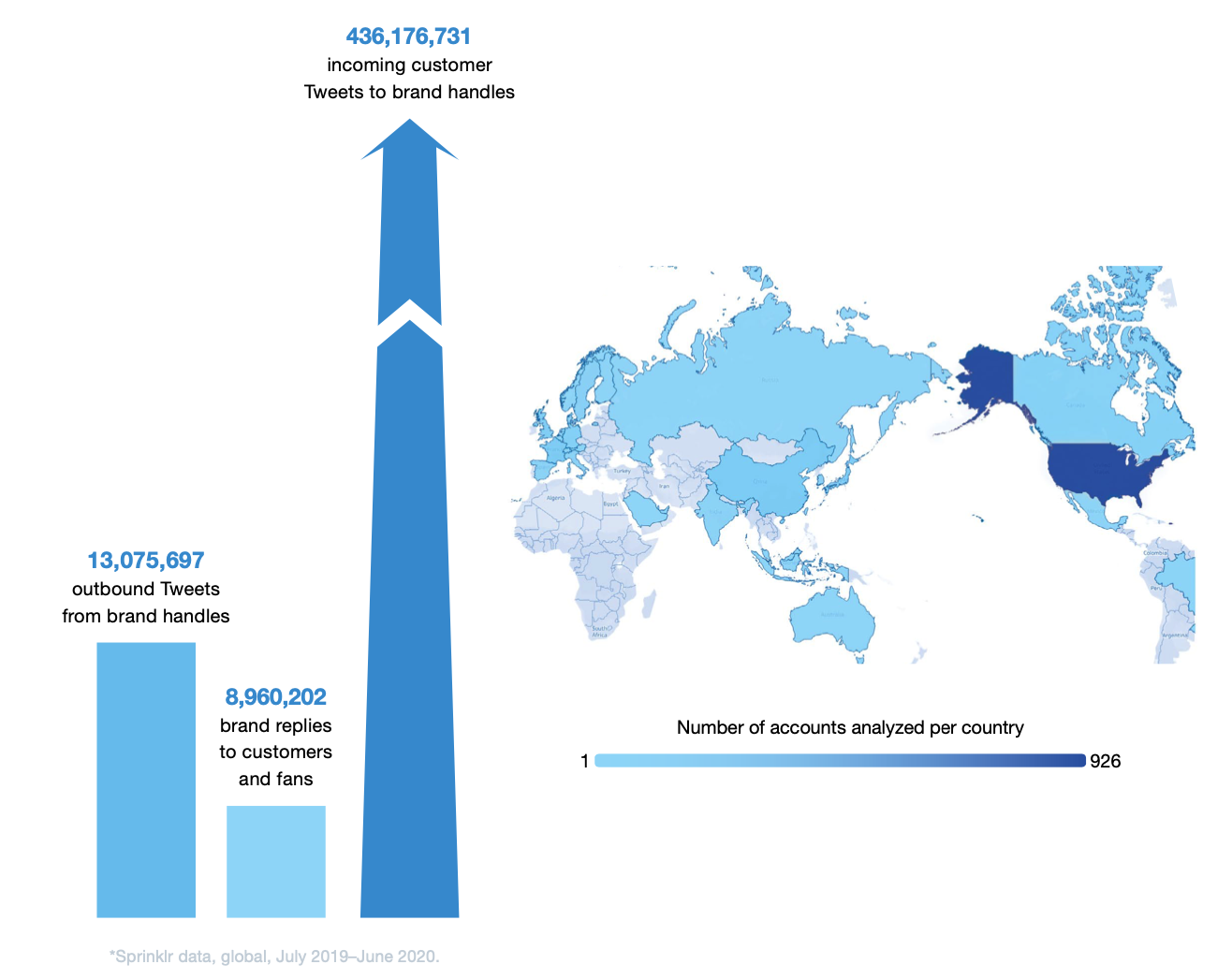
Producing economic value
When a customer needs a discount or sale to commit to a purchase, Twitter is often their first stop. It’s a loss of economic value when a purchase goes awry, unless customer care can fix it.
Brands deliver economic value to customers when they own problems and respond to savings-driving inquiries. 64% of people surveyed feel it is important for a brand to take ownership of the issue. It’s also helpful if they can respond publicly to customers. 73% of people surveyed on Twitter find it helpful to see how brands answer questions or solve issues. Businesses create a massive opportunity for themselves when they acknowledge customer service-related tweets. When a person tweets at a business and receives a response, they are willing to spend up to 20% more on an average- priced item from that business in the future.
In the retail industry, only one in five brands take ownership of customer problems, but nearly three in five retail brands excel in this best practice despite high volumes of tweets. Top retail handles get 50% more incoming tweets than top handles in other industries.
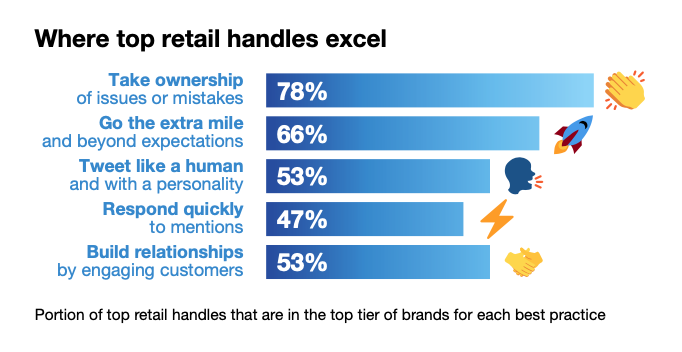
What is another sign that brands are delivering economic value through social care on Twitter? When customers reach out in pursuit of deals or discounts. Brands that tweet their best offers are brands that customers turn to when they’re seeking value for their dollar. Clear communication surrounding price changes is another way to ensure satisfaction, so customers aren’t hit with hidden fees, which leads to churn. A strong marketing relationship on Twitter ensures a smoother transition if people are already loyal to the brand and understand the changes ahead of time.
Brands create economic value when they take ownership of customer issues and engage with customers in pursuit of savings. How brands balance these aspects of economic value varies from industry to industry.
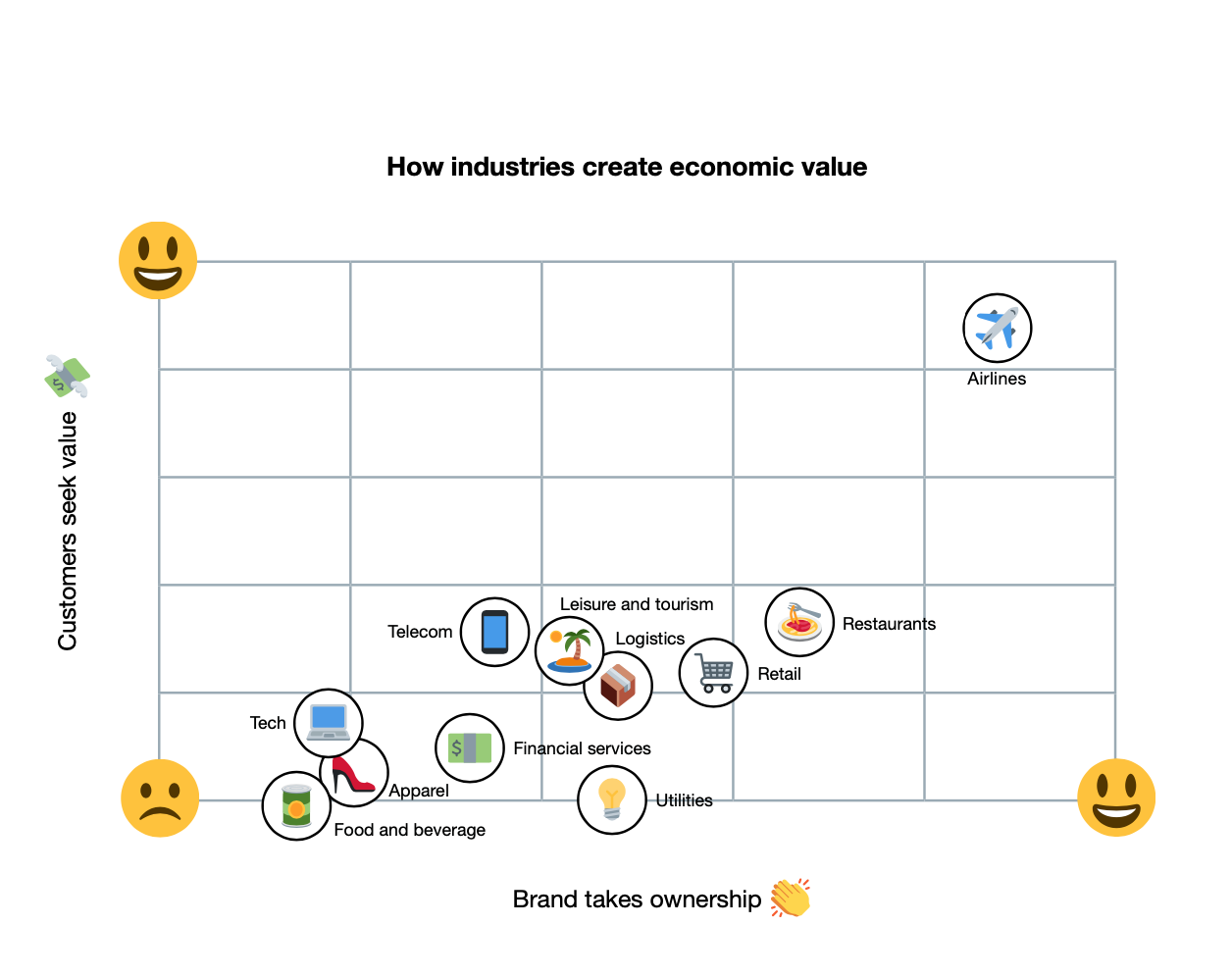
Creating functional value
No one wants to spend the day on hold or experience dropped calls with live service agents. Twitter care offers a better path for customers to get the help they need. Creating functional value is all about being responsive, consistent, and reliable. Brands build trust and loyalty when people know they can count on you to resolve their issues quickly and consistently. Responding quickly and providing dedicated care are two great ways you can help customers, but sometimes customers just need you to make it easy for them to help themselves.
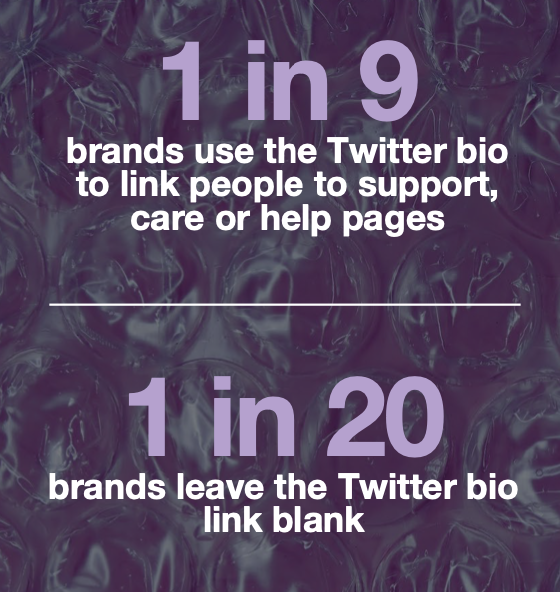
It pays to help customers solve problems quickly and easily, because when people have a bad experience, half of them will resort to complaining publicly on social media. If they don’t receive an answer at all, 81% of people surveyed, won’t recommend that company to their friends. Responding swiftly is an important part of Twitter care, and brands that respond quickly score much higher on overall care.
Responding quickly once isn't enough. Brands need to be consistent in this endeavour. Month after month, the top-scoring care handles on Twitter get back to customers quickly and consistently. The steady purple line for top care accounts reflects how top care teams consistently deliver same-day responses to their customers. These brands are ready for anything, because they know how to scale up when they need to.
With most brands, it’s a different story from one month to the next. By March 2020, average response times were not much more than one day; but in the busy holiday season of 2019, customers could wait more than two days for an answer. It’s that lack of predictability, as much as the slower speed of response, that disappoints customers.
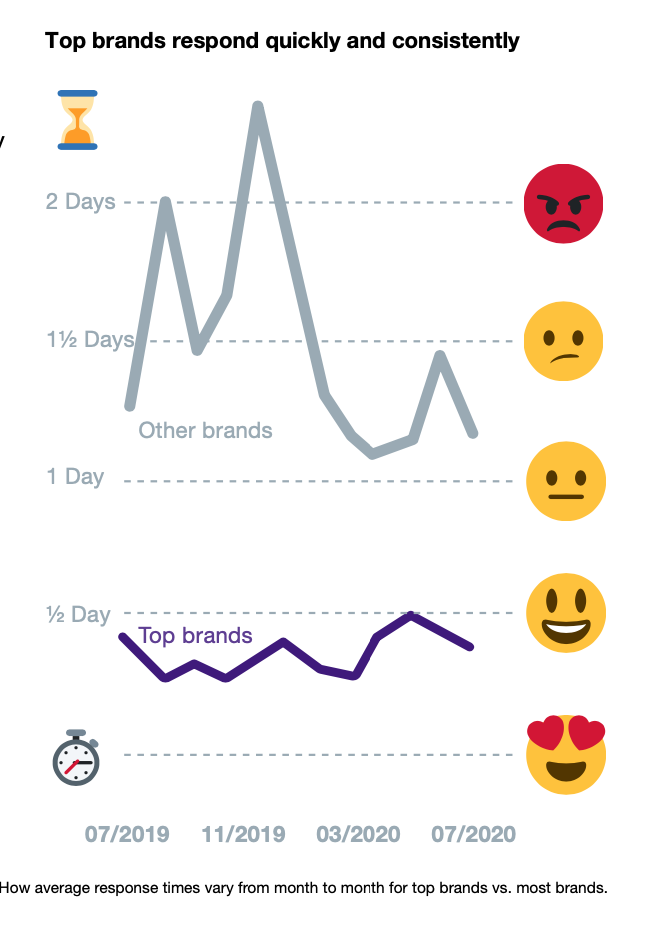
Some customer tweets are more urgent than others. So it’s no surprise that the brands that set the pace for Twitter care are in industries where time is of the essence.Airlines, logistics, and telecom companies are fastest: The top-performing care brands in these industries respond to half of incoming tweets in four hours or less.

A dedicated care handle creates functional value. 58% of people surveyed on Twitter prefer brands to have a separate account and 64% of people surveyed feel like they are doing more for customers when they do.Though dedicated Twitter care handles may not be right for every brand. Brands need to take into account industry standards, capacity of care teams, and current brand-customer relations.
By directing customer concerns to a care handle, brands free up their main handles for other kinds of positive interactions—resulting in higher engagement rates on brand posts from main handles. Brands that embrace this practice tend to excel at overall care and tend to respond faster. Nearly half of the top-scoring accounts in Twitter care are dedicated care handles. Roughly half of restaurant, telecom, and tech brands use separate accounts for care.
Though dedicated Twitter care handles may not be right for every brand. Brands need to take into account industry standards, capacity of care teams, and current brand-customer relations.
Major brands receive thousands of mentions at once and the volume can fluctuate for many reasons due to seasonal business, PR crises, or product malfunctions/recalls. It’s not easy to deliver functional value, so relatively few industries have a large amount of handles that excel at more than one best practice.
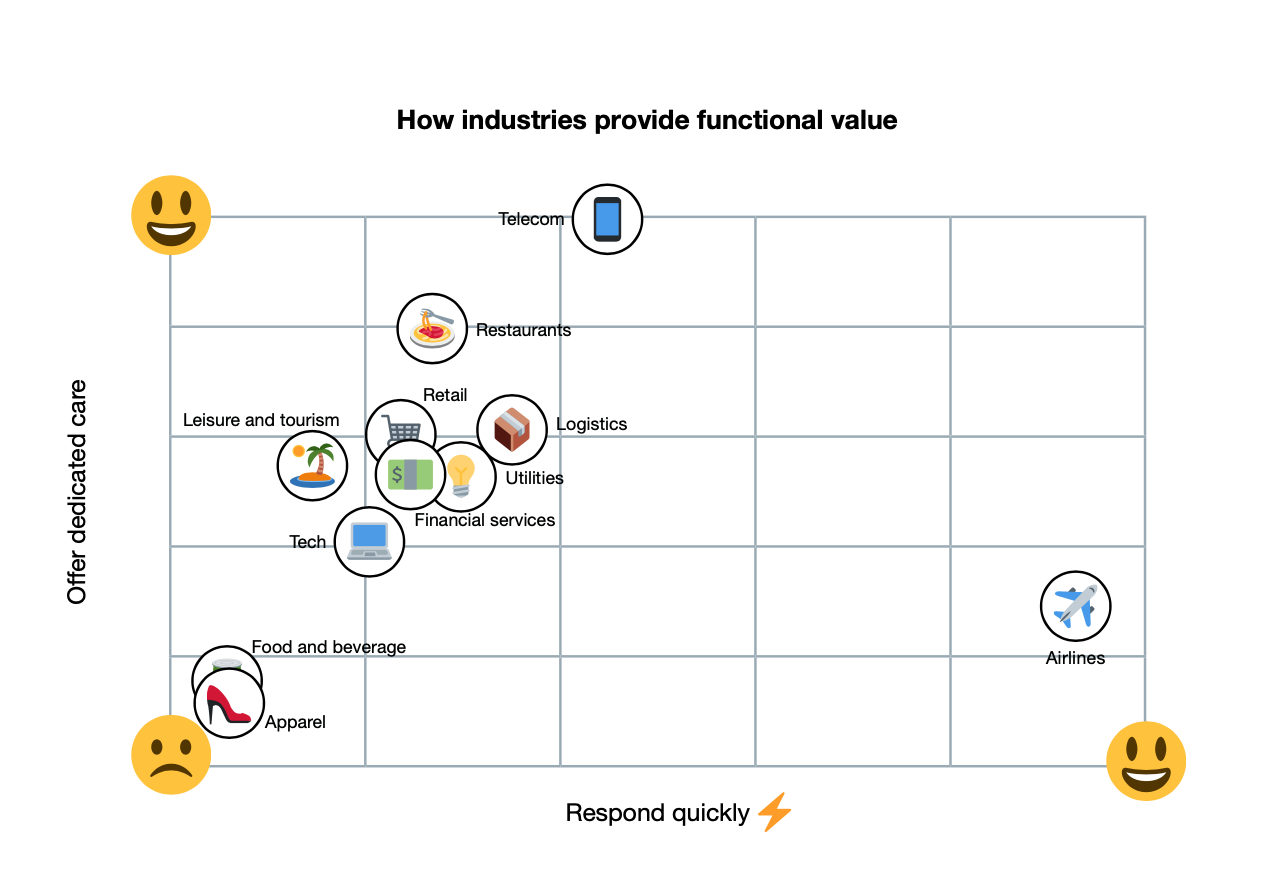
Driving experiential value
When Twitter care leads with empathy and compassion, it increases experiential value and builds brand loyalty with customers. 96% of people who turned to Twitter for customer service and had a friendly experience said they would buy from that brand again and 83% of them would recommend it to others.
45% of people surveyed expect human interaction when they engage with brands on Twitter. Using customer names in tweets acknowledges them as real people, and making them laugh will leave lasting impressions. Emojis or GIFs in tweets show that a brand is not taking itself too seriously.
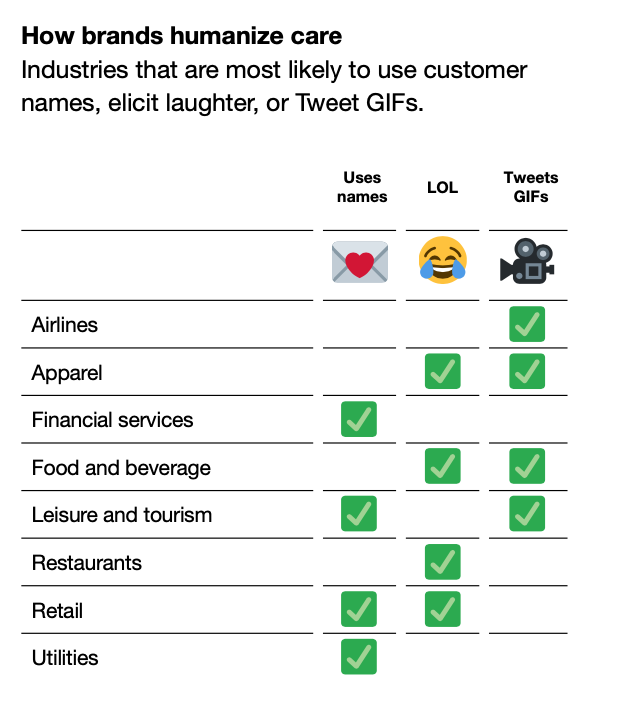
Brands that engage with customers will attract followers and build relationships that can survive the occasional mishap. When your customers are already paying attention to you on Twitter, they’ll be more likely to turn to you for help so that you can address questions and solve problems before they turn into complaints. Research shows that the longer a person stays with a brand, the more valuable they become as a customer. In fact, an annual increase in just 1% in customer retention can equate to a 20% increase in revenue annually.
Care interactions can resolve concerns, but can also be an enjoyable experience for the customer. This builds experiential value. One way to create that kind of value is by humanizing care. When brands make care a great experience for customers, it helps foster an ongoing relationship that builds trust and loyalty. It’s no coincidence that the industries that excel at humanizing care interactions are also the ones that develop ongoing customer relationships that outlast the latest care interaction. These are two practices that work together.
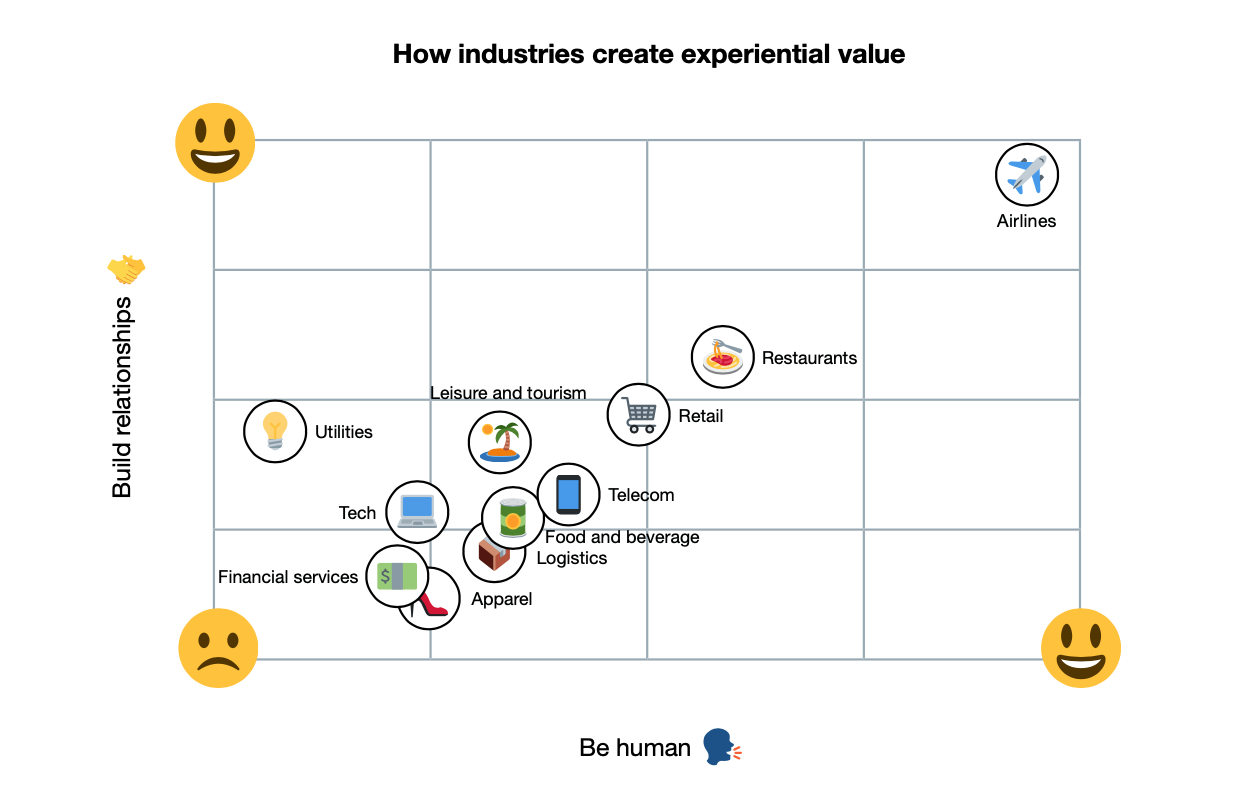
Building symbolic value
When a brand comes to the rescue or shows unexpected kindness, it helps people feel that they’re being seen and heard. It’s even more true when a brand reaches out first because it’s paying close attention to what customers are saying about its products or services.That’s the kind of platinum care brands can deliver when they use social suites to listen and respond at scale. It’s one thing to solve a problem; it’s another to make your customers feel like a valued part of your brand.
Brands deliver extraordinary, proactive service when they power their Twitter care with enterprise-class social suites. With modern care technology, brands can listen and respond at scale, so they know when to jump in to help and engage with a wider range of customer needs. Brands that use social suites for virtually all of their messages score much higher than brands that use other kinds of tools to manage Twitter care.
One in three people surveyed say that it’s important for brands to take their feedback to drive future innovations. When brands integrate customer feedback into product development and R&D, it not only fuels innovation but it also provides value by creating products and services customers want. While less than 1% of brand replies promise to refer feedback to an R&D team, some industries are more likely to let customers know how their feedback counts.
Airlines, retail, cosmetics, and personal care are most likely to tell customers their suggestions will be shared internally. Brands that embrace this best practice tend to be the brands that are also good at the fundamentals of Twitter care. Brands should tune in before consumers Tweet to request help, and offer them extraordinary care in thoughtful ways. Those are the kinds of care experiences that create deep symbolic value.
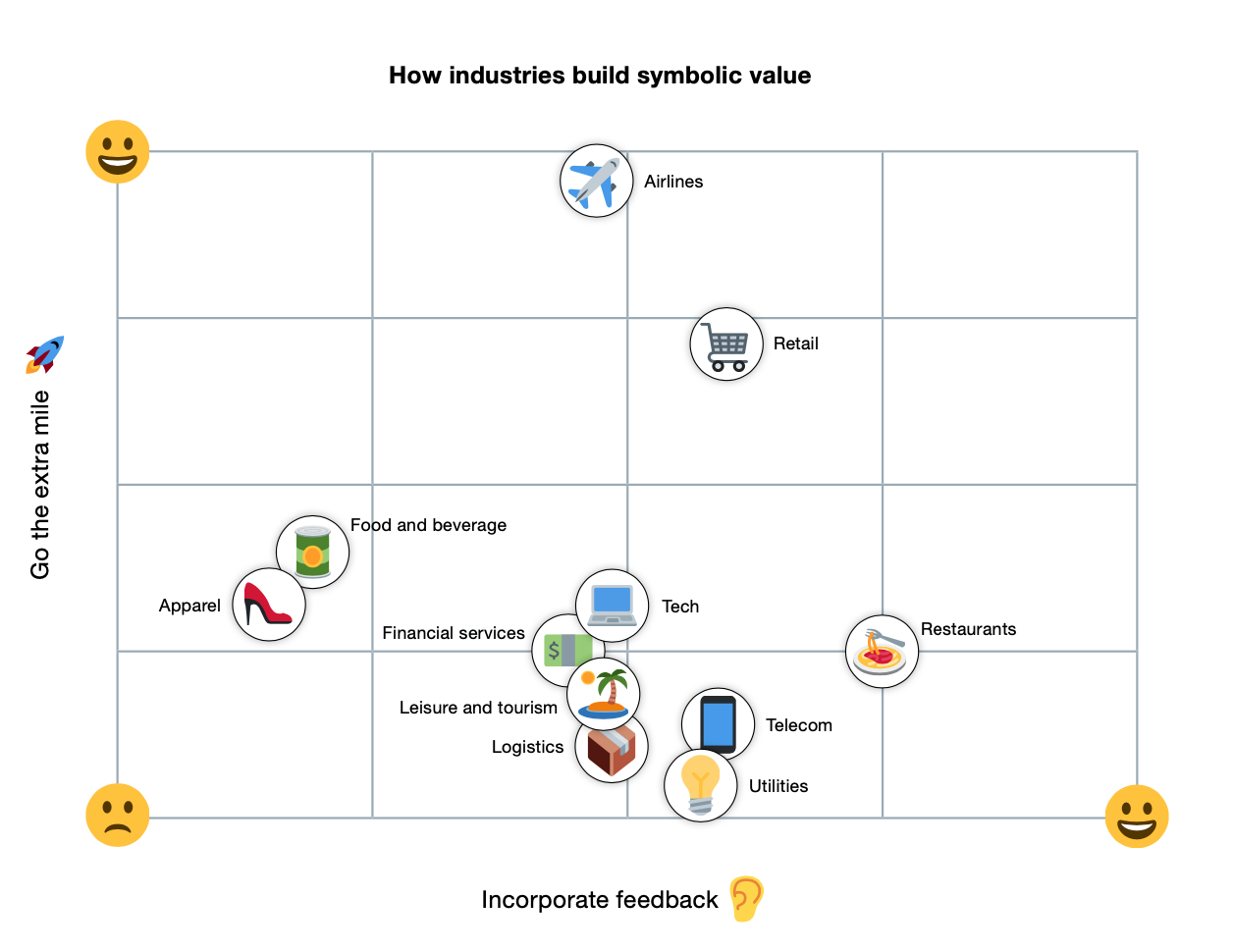
Great Twitter care gives companies a way to deliver value to customers across these different value dimensions. These practices have managed to stand the test of time and the best brands are succeeding because of them. So, are you going to apply them for your brand?


